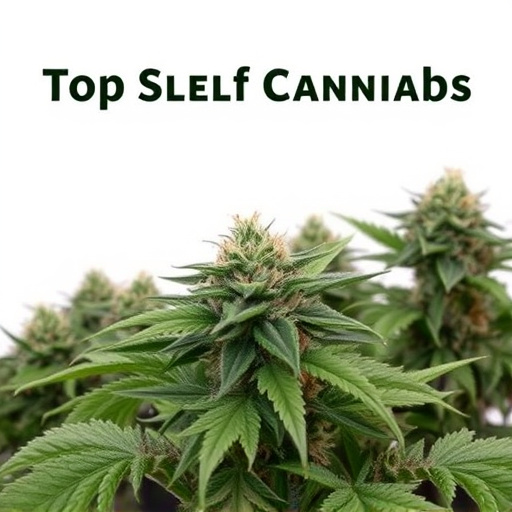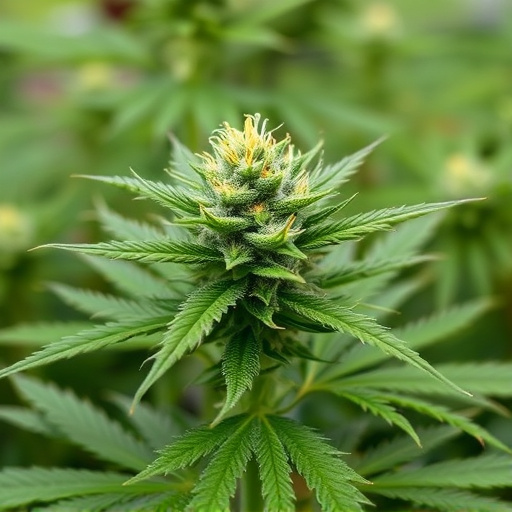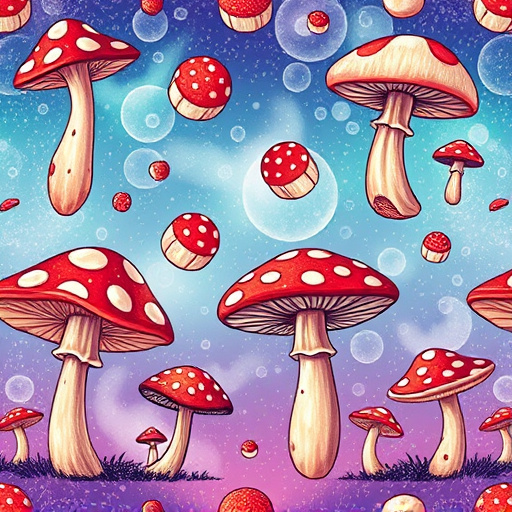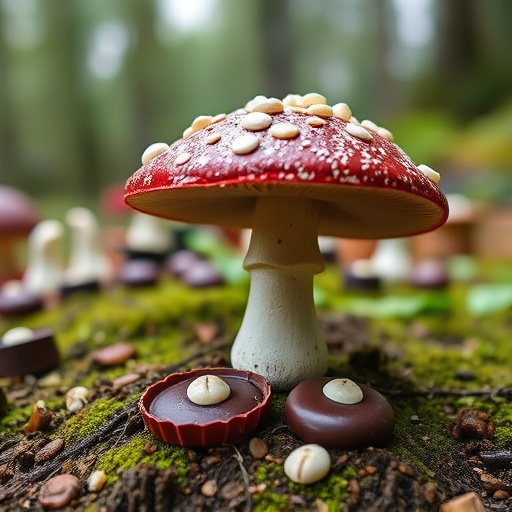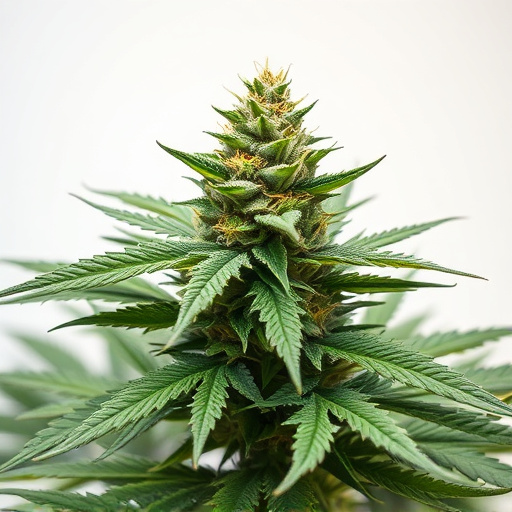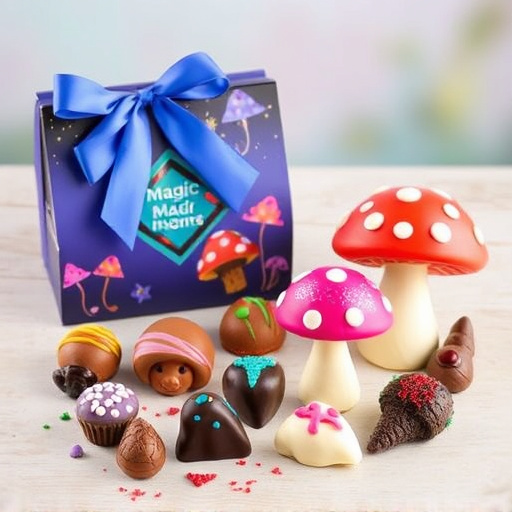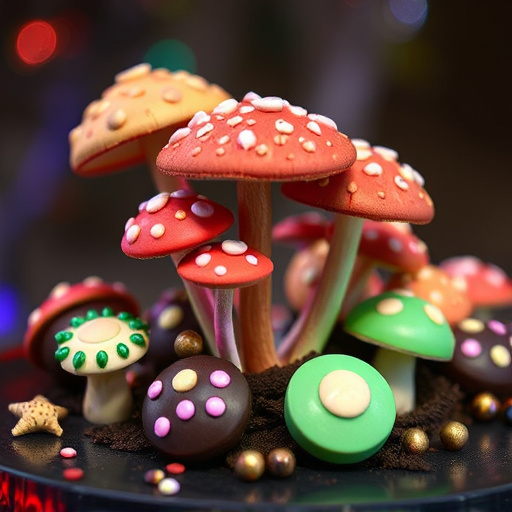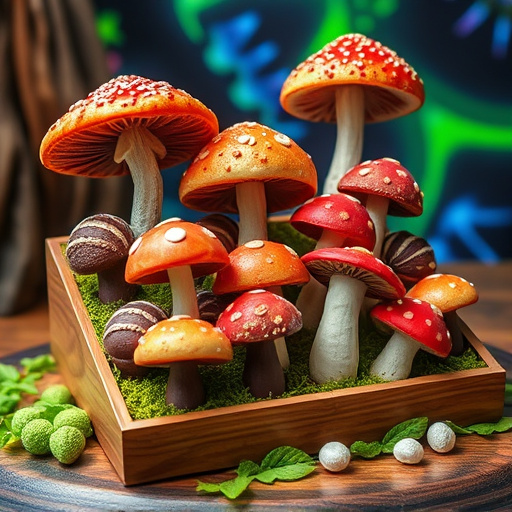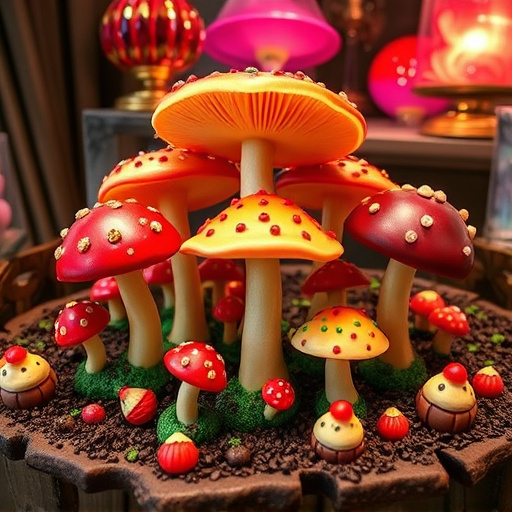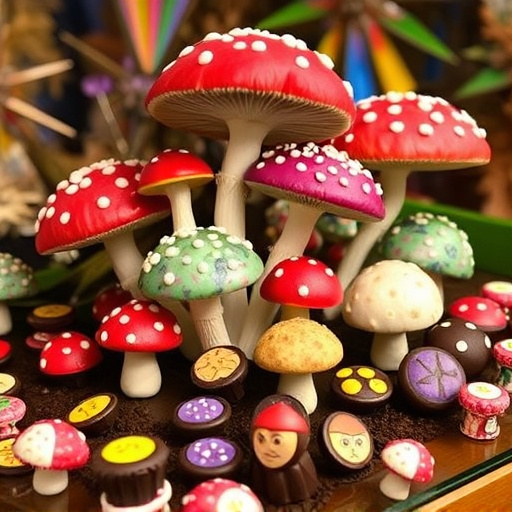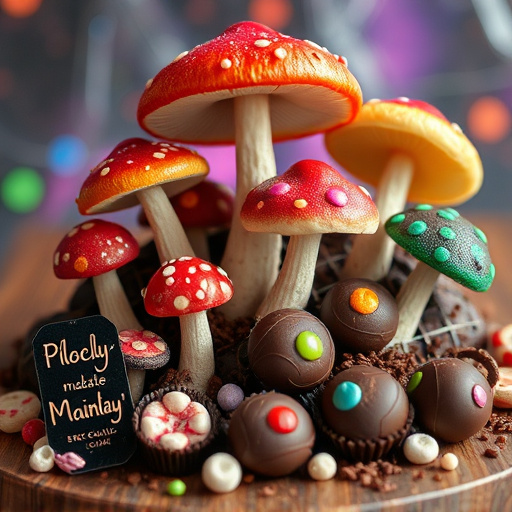Understanding the potency of magic mushroom chocolates is crucial for both therapeutic and recreational users. These chocolates, made by infusing high-potency magic mushrooms with psilocybin in dark chocolate, offer precise doses due to careful extraction processes. Key compounds like psilocybin and psilocin, influenced by cultivation methods and chocolate type, determine potency. Precise preparation ensures safe, controlled experiences, making proper understanding of magic mushroom chocolate potency essential.
Discover the potent power of magic mushroom chocolates—a unique blend of psychedelic compounds and delectable treats. In this article, we delve into the intricate composition of these chocolates, exploring how psilocybin and other compounds contribute to their mind-altering effects. We’ll unpack factors influencing potency, from strain variations to preparation methods, offering insights into what makes each batch unique. By understanding magic mushroom chocolate potency, users can navigate their experiences with informed awareness, expecting both potential benefits and side effects.
- Understanding Magic Mushroom Chocolate Composition
- – Break down the components that make up magic mushroom chocolate
- – Discuss the role of psilocybin and other compounds in determining potency
Understanding Magic Mushroom Chocolate Composition
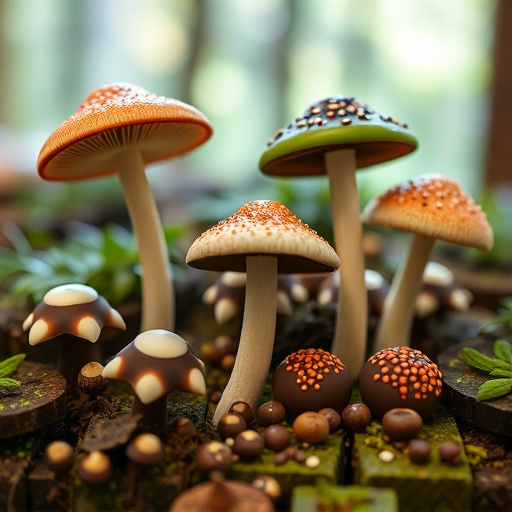
Magic mushroom chocolates, also known as psilocybin chocolates, are crafted by infusing high-potency magic mushrooms (containing psilocybin) into dark chocolate or other confectionery products. Understanding their composition is crucial when considering their potential effects. The potency of these chocolates depends on the specific type and concentration of mushrooms used, which in turn determines the amount of psilocybin present—the primary active compound responsible for the psychoactive experience.
The process involves carefully extracting psilocybin from dried magic mushrooms and incorporating it into the chocolate base. This intricate method ensures a precise dose of psilocybin per serving. Consuming these chocolates can lead to altered perceptions, heightened senses, and spiritual experiences, making them a popular choice for therapeutic and recreational purposes among those seeking mind-expanding adventures.
– Break down the components that make up magic mushroom chocolate
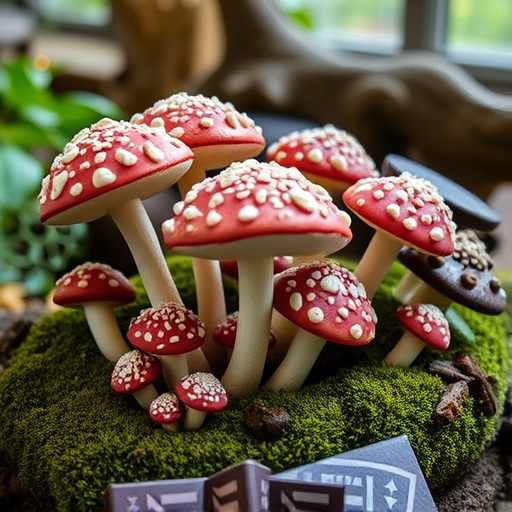
Magic mushroom chocolates are a delightful fusion of psychotropic compounds found in mushrooms and the indulgent world of chocolate. Understanding their potency requires delving into these components. The primary active compounds in magic mushrooms, such as psilocybin and psilocin, are responsible for their mind-altering effects. When incorporated into chocolate, these compounds are typically infused or extracted into the cocoa butter or added as a powdered blend. The type of chocolate used plays a crucial role in potency; dark chocolate with higher cocoa content tends to deliver a more intense experience due to its concentrated levels of flavonoids, which enhance the absorption of psilocybin.
The process of infusing these compounds into chocolate requires precision and care. Some manufacturers use decarboxylation to activate the psilocybin, ensuring it’s bioavailable. The dosage is another critical factor; magic mushroom chocolates come in varying strengths, from mild to potent. Consuming a small piece of chocolate with a measured dose allows for a gradual and controllable experience. Understanding the specific preparation methods and ingredient ratios is essential for navigating the potential effects of these unique treats, ensuring a safe and enjoyable journey into the world of psilocybin chocolate potency.
– Discuss the role of psilocybin and other compounds in determining potency

Understanding Magic Mushroom Chocolate Potency
The potency of magic mushroom chocolates, also known as psychedelic chocolate, is largely determined by the presence and concentration of psilocybin, a naturally occurring compound found in certain species of mushrooms. Psilocybin is the primary active ingredient responsible for the hallucinogenic effects associated with these mushrooms and their derived products. However, it’s not the only compound at play. Other substances like psilocin, which is metabolically active and converts into psilocybin, also contribute to the overall experience. The quality and purity of these compounds directly impact the potency and intensity of the chocolate’s effects.
Additionally, factors such as cultivation methods, strain selection, and post-harvest processing significantly influence the concentration of these compounds in magic mushroom chocolates. Proper cultivation techniques ensure optimal conditions for the mushrooms to produce high levels of psilocybin. Furthermore, advanced extraction and encapsulation processes can help preserve and concentrate these compounds within the chocolate format, offering a more precise and consistent dose for consumers seeking a stronger experience.
Understanding the composition of magic mushroom chocolates is key to unlocking their potential. By examining the roles of psilocybin, a key active compound, and other contributing elements, we can better appreciate the potency and effects these treats offer. Navigating the world of magic mushroom chocolate allows users to experience altered states of consciousness and potentially unlock new perspectives. Remember that, as with any substance, responsible consumption and dosage are essential for a safe and enjoyable journey.
